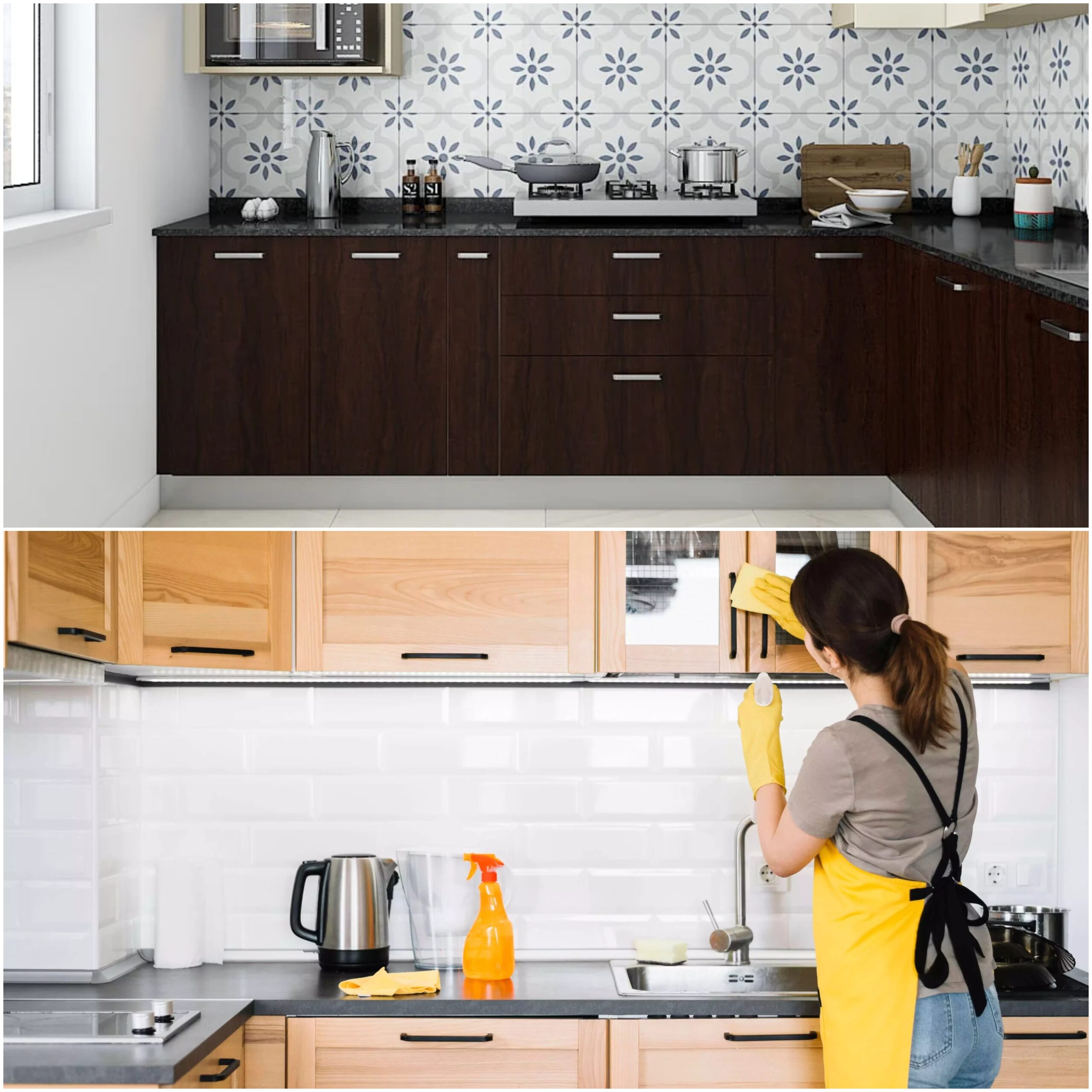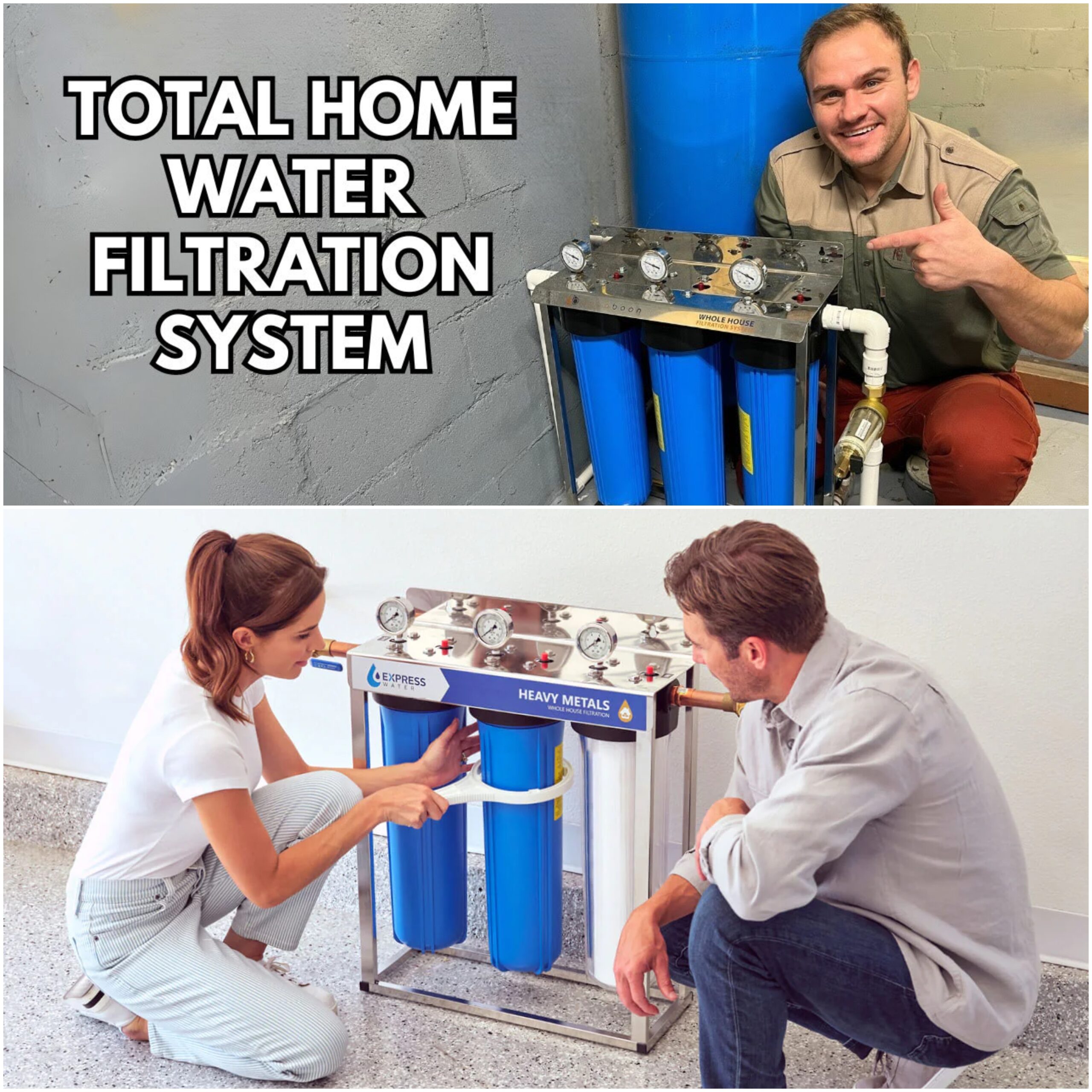Table of Contents
In American homes, indoor air quality (IAQ) is important for preserving health and well-being. Our overall quality of life, allergies, and respiratory health can all be greatly impacted by the indoor air we breathe.
Reduced air quality has been linked to a higher chance of developing respiratory infections, asthma, and other illnesses.
Indoor Air Quality Maintenance Tips
A) Statistics or Facts about IAQ in American Homes
The Environmental Protection Agency (EPA) states that the pollution level of indoor air can range from two to five times that of outdoor air.
Since people in the US spend 90% of their time indoors on average, indoor air quality (IAQ) is necessary for daily health.
Indoor air pollution has been linked to some health issues, like fatigue, headaches, and throat, nose, and eye irritation.
B) Common Pollutants in American Homes
Many everyday pollutants may harm indoor air quality in American homes.
- Dust
Produced by any number of sources, including fabrics, fur from pets, and outside material carried inside
- Pet Dander
Little particles that cause allergies and asthma are shed from the skin or fur of animals.
- Mold
It can lead to allergic reactions and respiratory problems and thrives in moist, poorly ventilated environments.
- Volatile Organic Compounds (VOCs)
VOCs, which can have both immediate and long-term health effects, are present in household products like paints, cleaning supplies, and air fresheners.
- Radon
A radioactive gas that poses a serious risk of lung cancer and penetrates homes through the ground

Identifying Indoor Air Quality Issues
A) Signs of Poor Indoor Air Quality
In American homes, poor indoor air quality (IAQ) can show up as many kinds of symptoms and obvious indicators.
1. Symptoms and Health Issues
People may get frequent colds, allergies, respiratory infections, headaches, and episodes of their asthma.
2. Common Signs in the Home
- Musty Odors
Suggests the possibility of mold or mildew growth, which may worsen breathing problems
- Visible Mold
Usually found near windowsills and in moist places like basements and bathrooms.
- Excessive Dust
Buildup in air vents and on surfaces indicates insufficient filtration or cleaning techniques.
B) Using Air Quality Monitors
An essential tool for analyzing and improving indoor air quality in homes is an air quality monitor.
- Importance of Air Quality Monitors
They support homeowners in quickly pinpointing and reducing problems by measuring pollution levels and providing real-time information on IAQ.
- How to Use Them and Interpret Readings?
Install monitors throughout the house, particularly in areas where pollutants are prone to build up.
Keep an eye on readings for pollutants like humidity, carbon dioxide, volatile organic compounds (VOCs), and particulate matter (PM).
If levels are higher than safe limits, interpret readings by suggested IAQ guidelines (like EPA standards) and take necessary steps.
By being aware of these indicators and using air quality monitors, homeowners can take proactive measures to control indoor air quality and create healthier living spaces.
Read: Wireless Home Security Systems for Apartments – Peace of Mind

Improve Indoor Air Quality
1. Regular Cleaning and Maintenance
Maintaining a clean home is essential for good indoor air quality (IAQ),
- Dusting and Vacuuming Tips
Using a moist cloth, dust surfaces to stop particles from flying.
Use a vacuum with a HEPA filter to collect fine particles and vacuum carpets and rugs at least once a week.
Remember to clean nooks and crannies, like under beds and behind furniture.
- Cleaning Products that are Safe for IAQ
Use cleaning products that are natural or environmentally friendly and devoid of harsh chemicals.
Instead of using aerosol sprays, opt for liquid or gel goods.
To release any fumes during cleaning, make sure there is enough airflow.
2. Ventilation
Maintaining healthy indoor air quality and reducing indoor pollutants require proper ventilation.
- Importance of Proper Ventilation
Overall air quality is improved by good ventilation, which attracts fresh outdoor air and helps remove indoor pollutants.
- Tips for Improving Natural Ventilation
Regularly open doors and windows to let in fresh air.
To get rid of moisture and smells in bathrooms and kitchens, use exhaust fans.
For reliable air exchange, think about installing a whole-house ventilation system.
3. Air Purifiers
IAQ can be greatly improved by air purifiers that remove airborne pollutants and particles,
- Types of Air Purifiers and How They Work
HEPA Filters: Capture 99.97% of dust, pollen, and pet dander particles as small as 0.3 microns.
Filters with activated carbon: Remove VOCs and smells from the air.
UV-C light purifiers: These devices use UV light to destroy viruses and bacteria.
- Recommendations for Selecting the Right Air Purifier
Select a purifier that is suitable for the room’s size.
For thorough air cleaning, look for units with multiple filtration stages.
When choosing, take energy efficiency and noise levels into account.
4. Controlling Humidity
Keeping suitable humidity levels is essential to stop the growth of mold and guarantee cozy living conditions,
- Ideal Indoor Humidity Levels
Maintain a humidity range of 30–50% inside to stop the growth of mold and dust mites.
- Tips for Controlling Humidity
Use dehumidifiers in bathrooms and other damp spaces.
To stop moisture intrusion, seal gaps around windows and doors and fix leaks.
To get rid of extra moisture when cooking and taking a shower, use exhaust fans.
5. Reducing VOCs and Chemicals
Improving indoor air quality (IAQ) requires minimizing chemicals and volatile organic compounds (VOCs),
- Sources of VOCs in the Home
Paints, varnishes, products for cleaning, air fresheners, and specific building materials are examples of common sources.
- Tips for Reducing Exposure
Use products that are low or no VOC whenever feasible.
Keep cleaning supplies and chemicals out of the way of living areas and in well-ventilated areas.
Instead of using air fresheners, use natural options like essential oils or indoor plants.
By putting these tactics into practice, indoor air quality can be significantly improved, making American homes healthier and cozier.
Read: Trending Garden Landscaping Ideas for a Beautiful Backyard

Special Considerations
1. Managing Pet Dander
Poor indoor air quality can be significantly influenced by pet dander, particularly for those who have allergies,
- Tips for Pet Owners to Reduce Dander
Regular pet washing and grooming will cut down on dander shedding.
Reduce your pet’s exposure in important living areas by keeping them off furniture and out of bedrooms.
To remove dander particles from the air, use air purifiers equipped with HEPA filters.
- Best Practices for Cleaning and Grooming Pets
To stop pet dander from getting inside, brush them outside.
Make use of pet shampoos made to lessen dander.
Regularly wash pet toys and bedding to get rid of collected dander.
2. Dealing with Mold and Mildew
Since mold and mildew can have negative effects on health, they must be removed right away,
- Causes of Mold and Mildew
Water leaks, high humidity, and poor ventilation can all produce conditions that encourage the growth of mold and mildew.
Affected areas are frequently found near windows, basements, and bathrooms.
- Steps for Prevention and Removal
Dehumidifiers and exhaust fans can help you maintain humidity levels between 30 and 50%.
Resolve leaks and water damage right away to stop the growth of mold.
Use a commercial mold remover or a vinegar and water mixture to clean moldy surfaces.
If you have a lot of mold, you should think about using a professional remediation service.
3. Radon Testing and Mitigation
An odorless, dangerous gas called radon can build up in homes, especially in basements and ground floors.
- Importance of Radon Testing
The second most common cause of lung cancer in the US is radon exposure.
It is necessary to test for radon, particularly in places where levels are known to be higher.
- Steps to Mitigate Radon If Found
Use a do-it-yourself kit to test for radon or hire an expert to do the test.
Expand ventilation in the basement and other ground-level areas if elevated radon levels are found.
Seal wall and floor cracks to keep radon from penetrating the house.
Take into consideration putting in a radon mitigation system, which involves releasing radon gas outside of the house through a vent.
By considering these particular factors, a thorough strategy for preserving good indoor air quality in American homes is ensured.
Read: 20 Home Renovation Trends in the USA – What’s Hot Right Now?
Seasonal Maintenance Tips
1. Spring and summer
Maintaining indoor air quality presents special challenges in the spring and summer.
- Tips for Managing Pollen and Allergens
On days with high pollen counts, keep your windows and doors closed to keep allergens out of your house.
To remove allergens such as pollen, use air purifiers equipped with HEPA filters.
To get rid of accumulated pollen, frequently wash curtains and bedding.
Think about covering pillows and mattresses with allergen-proof covers.
- Importance of Air Conditioning Maintenance
To guarantee effective operation and clean air circulation, replace or clean air conditioner filters regularly.
Get an annual service for your air conditioning system to look for any problems that might affect the quality of the air.
Lower the humidity levels and keep the interior temperature comfortable by using air conditioning.
2. Fall and winter
Due to lower ventilation and greater use of heating systems, fall and winter bring distinct IAQ challenges,
- Tips for Managing Indoor Heating Systems
To stop dust and debris from circulating in the air, clean or replace furnace filters regularly.
Before the winter months arrive, have your heating system checked out and maintained to make sure it runs safely and effectively.
Exercise caution when using space heaters, making sure they are properly ventilated and do not release any dangerous gases, including carbon monoxide.
- Importance of Maintaining Humidity Levels During Colder Months
Maintain indoor humidity levels between 30 and 50% by using humidifiers to avoid dry air, which can lead to skin irritation and difficulty breathing.
Use a hygrometer to keep an eye on humidity levels to prevent overly damp conditions, which can promote the growth of mold.
To let fresh air in and lessen the accumulation of indoor pollutants, ventilate your home regularly by opening your windows for brief periods.
Bottom Line
Keeping your homeindoor air quality (IAQ) high is necessary to maintaining everyone’s health and well-being.
Many different illnesses, including allergies, respiratory disorders, and exhaustion, can be brought on by low IAQ.
You can create a healthier living environment by being aware of the common pollutants in your home and taking action to improve the quality of the air.











